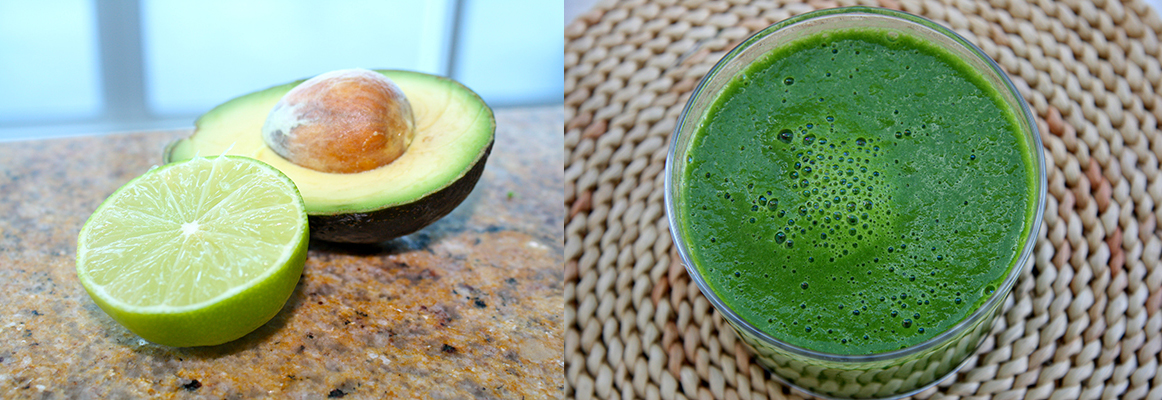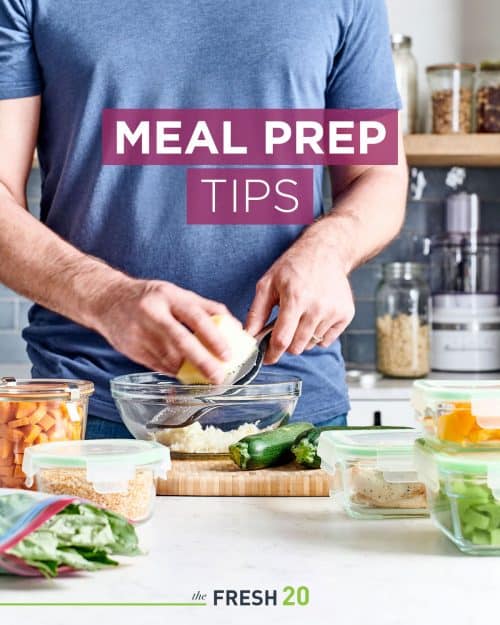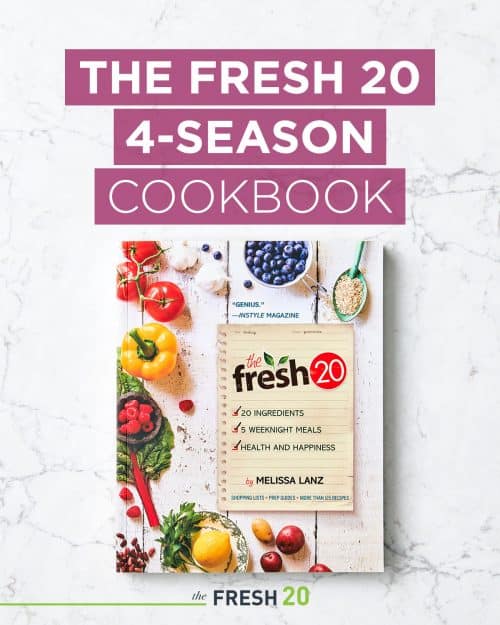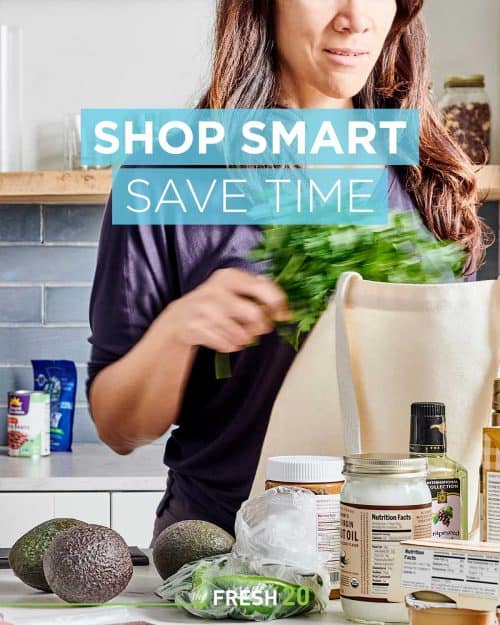Guest post by Lora Krulak, author of Veggies for Carnivores

Herbivore, omnivore, pescetarian, vegetarian, vegan—there are so many labels and hats out there in the “eat more vegetables” world. I prefer the term “vegetable-centric,” because if we focus on that, it puts our mind at ease and we don’t have to worry about what we are NOT eating and we can focus on what we ARE eating. I don’t know about you, but I’m not so good with feeling deprived.
Flipping the ratio:
HOW to make the transition to a vegetable-centric way of life smooth and simple is actually easier than you think. The WHY part of the equation is endless. Weight loss is normally immediate as is increased energy, but the health benefits are enormous. Eating fewer animals helps us avoid chronic disease, mercury issues, heart issues and in general, is easier on your digestion.
I often use the analogy of a dog fence. Let’s say you want to train your dog not to jump the fence, so you put him in a small cage. But every time you let him out of the cage, he jumps the fence. The reason being, the dog needs to jump and play. The same goes with us. If we give ourselves more room and wider parameters, we are less likely to go crazy and eat all the wrong things. Set your intentions for your transition and set them wisely. Widen your parameters, make your fence bigger and then slowly make it smaller. Very slowly. Let’s say you are a twice-a-week meat eater. You start to cut that back and it’s meat once a week, and so on, adding more vegetables as you cut down on the meat. The main principle to keep in mind is to FLIP THE RATIO. When you begin to transition, keep an eye on your plate and keep the ratio on your plate higher for plants than animal proteins—the animal proteins then become the side dish.
Some other tips to keep in mind:
What about protein?
While we really don’t need as much protein as we think we do, we do need protein. Plants have a ton of protein in them, plus phytonutrients not found in meat. Oats, chia, hemp, avocados, broccoli, nuts, seeds and legumes are some main sources for plant protein. The amount of protein and amino acids leafy greens like spinach provide would surprise you. A pound of spinach is equal to the amount of protein in a cheeseburger!
Some suggestions for vegetable centric protein:
- Toss a tablespoon of chia or hemp seeds in with your morning smoothie.
- Spread some raw nut butter on a sprouted grain tortilla (the sprouted grain tortilla also contains protein).
- Put a scoop of hummus on your grilled veggies for dinner.
- Have lentil soup with a handful of wilted spinach tossed in.
- Make a frittata with sautéed veggies.
- How about a goat cheese quesadilla on an Ezekiel wrap with zucchini and avocado*?
*An avocado has ALL 18 amino acids. That’s a complete protein, and can even be a meal on its own. Now don’t go crazy on avocados, but my point is that plants have more bang for their buck than a hot dog.
Be careful not to over-starch.
When embarking on a vegetable-centric program, many people become nervous that they will not have enough to eat or they don’t know what to eat. There is a tendency to move toward starchy foods such as rice, pastas and breads. Starches are not all created equal. Sprouted and whole grains are the way to go as they will move through the body more easily and are easier to digest.
Be sure to mix it up and balance out your day with greens, root vegetables, legumes, and healthy fats like avocados and olives.
If you are making a pasta for dinner, try a sprouted grain pasta, which has extra protein and fiber. Toss in some steamed veggies or wilted greens. See, it’s easy!
Eat real foods
Meat substitutes look and sound enticing, but truth be told, they can be kind of questionable in that they are often filled with GMO-soy-unrecognizable ingredients. Let’s face it, nothing is going to taste like steak or chicken unless it is steak or chicken, and I don’t think it should. Stick to meaty vegetables such as mushrooms, eggplants, corn, squash, beets, sweet potatoes and cook them as you would meat. Anything you can do with a chicken sausage or a steak, you can do with a mushroom.
Fats are our friends
We need our bodies to function well and our foods to be palatable. Coconuts, coconut oils, avocados, olives, flax and chia are all filled with essential oils that help our bodies function properly and make our skin glow. They also help us stay fuller longer. Oatmeal with shredded coconut is a fantastic breakfast and would sustain even an athlete until lunchtime!
Try a green smoothie
I can’t say enough good things about a green smoothie. It is like medicine in a blender. This simple, delicious drink can balance out your blood sugar and pump your body with vitamin B12, vitamin K and vitamin D. Some of these nutrients are difficult to get on a plant diet. A smoothie is a perfect way to start the day or help you over the 3 p.m. slump. I have actually had clients grow hair back, lose weight, and lower their cholesterol by drinking my avocado-green smoothies. Yes, they are that good for you.
A basic recipe is 50% green leaves to fruit (or anything else you may put in your smoothie—keeping it under 5 ingredients).
Embrace sauces.
Learn to make one or two “signature” sauces that you can have in your fridge or freezer. Perhaps one is an arugula pesto and one is a tomato sauce. These sauces will be your go-to tastemakers for steamed, sautéed, or grilled veggies; rice dishes; roasted yams; or any new creations you come up with. As your cooking repertoire grows, you will learn to expand on these and go off on tangents to create your own NEW sauces. Maybe you switch the arugula for spinach or watercress? Go crazy!
The next time you are at the market or go grocery shopping, spend some time in the aisles – I’ll bet there is a world of vegetables, fruits, nuts, beans and grains that you didn’t even know existed. Try not to get stuck in your routine. Pick up a new vegetable or grain each week and try a new recipe. Some you will like, some you won’t, but I can promise you that you that you will NEVER run out of options!
My personal guarantee is that even after only two weeks, you will see and feel the benefits of eating more plants—and the more you eat them, the more you crave them.

A passionate “anti-diet” advocate, Lora specializes in simplifying health, cooking, & fitness techniques for anyone ready to transform their lifestyle. She’s shared her food philosophies with national audiences on the Rachel Ray show, Plum TV, and The Food Network, as well as publications like Spa Asia, US Weekly, People, The Huffington Post, InStyle Magazine, Barron’s, and Whole Living’s Meatless Monday’s.
For a decade, Lora traveled the world, training with local chefs, healers, and yoga masters. As a result, her work combines a potent blend of mind, body, and soul focused exploration that blows traditional dieting out of the water. Instead of restricting her clients, she helps them start easy, delicious practices that align with their true selves, and create permanent solutions.
With her workshops, programs like Eat Like A French Girl, and group coaching Lora helps clients at any size or stage meet their their obstacles head-on, kick out old habits, and build a healthy foundation that lasts a lifetime.
For more from Lora, and to check out her weekly tips for a beautifully nourished life visit her blog at www.lorakrulak.com, www.facebook.com/lorakrulak or say hello on www.twitter.com/lorakrulak.











